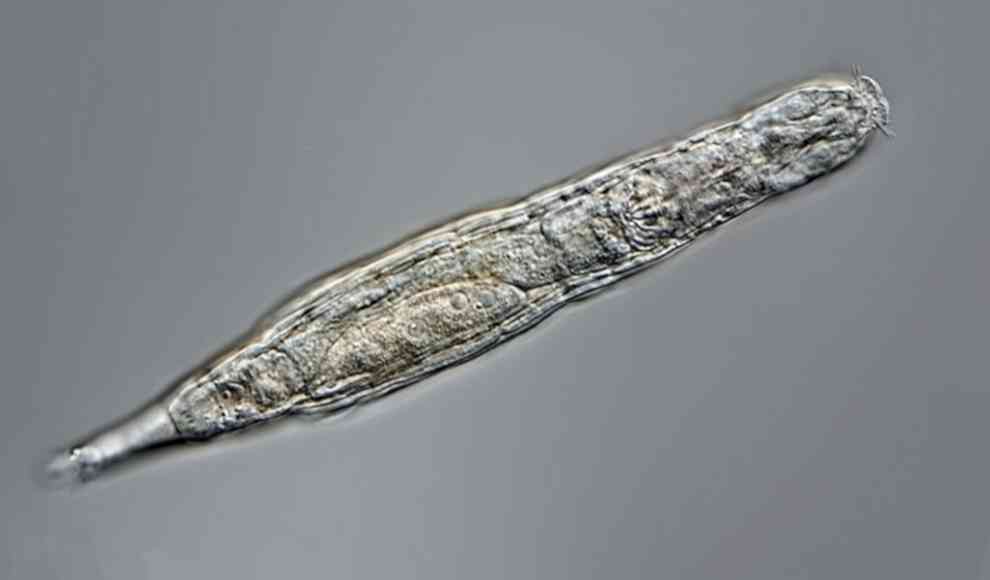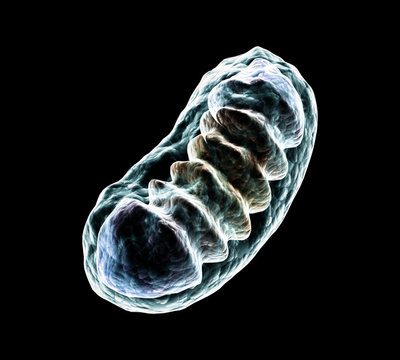In a groundbreaking discovery, scientists have found a multi-cellular microorganism that has survived for 24,000 years in the Siberian permafrost. The organism, a type of rotifer called Bdelloids, is only a few hundred micrometers in size and can withstand extreme temperatures and even survive without food. This discovery sheds light on the ability of multi-cellular organisms to survive prolonged freezing and opens up new possibilities for technology.
Researchers from the Laboratory of Soil Cryology at the Institute of Physicochemical and Biological Problems in Soil Science in Russia used the radiocarbon method to determine the age of the rotifer. The study, published in the journal Current Biology, also analyzed how the organism was able to survive in the ice for so long. The researchers found that Bdelloids have an external shield that protects them from ice crystals, although the exact mechanism is still unknown.
This discovery has implications for technology, particularly for satellites that are exposed to very low temperatures and often experience problems due to ice crystals. The study is also a first step towards understanding how multi-cellular organisms can survive prolonged freezing. While microorganisms are simpler in structure than mammals, they do have a brain and organs. The next step is to investigate how the rotifer is able to resume all bodily functions after such a long time in the ice.
The possibility of freezing humans for extended periods of time, known as cryonics, has long been a topic of science fiction. While several companies offer cryonics as a service for the deceased, the hope is that future technologies will be able to revive them. Whether this hope will become a reality remains to be seen, but the discovery of the 24,000-year-old Bdelloid brings us one step closer to understanding the potential of prolonged freezing.










